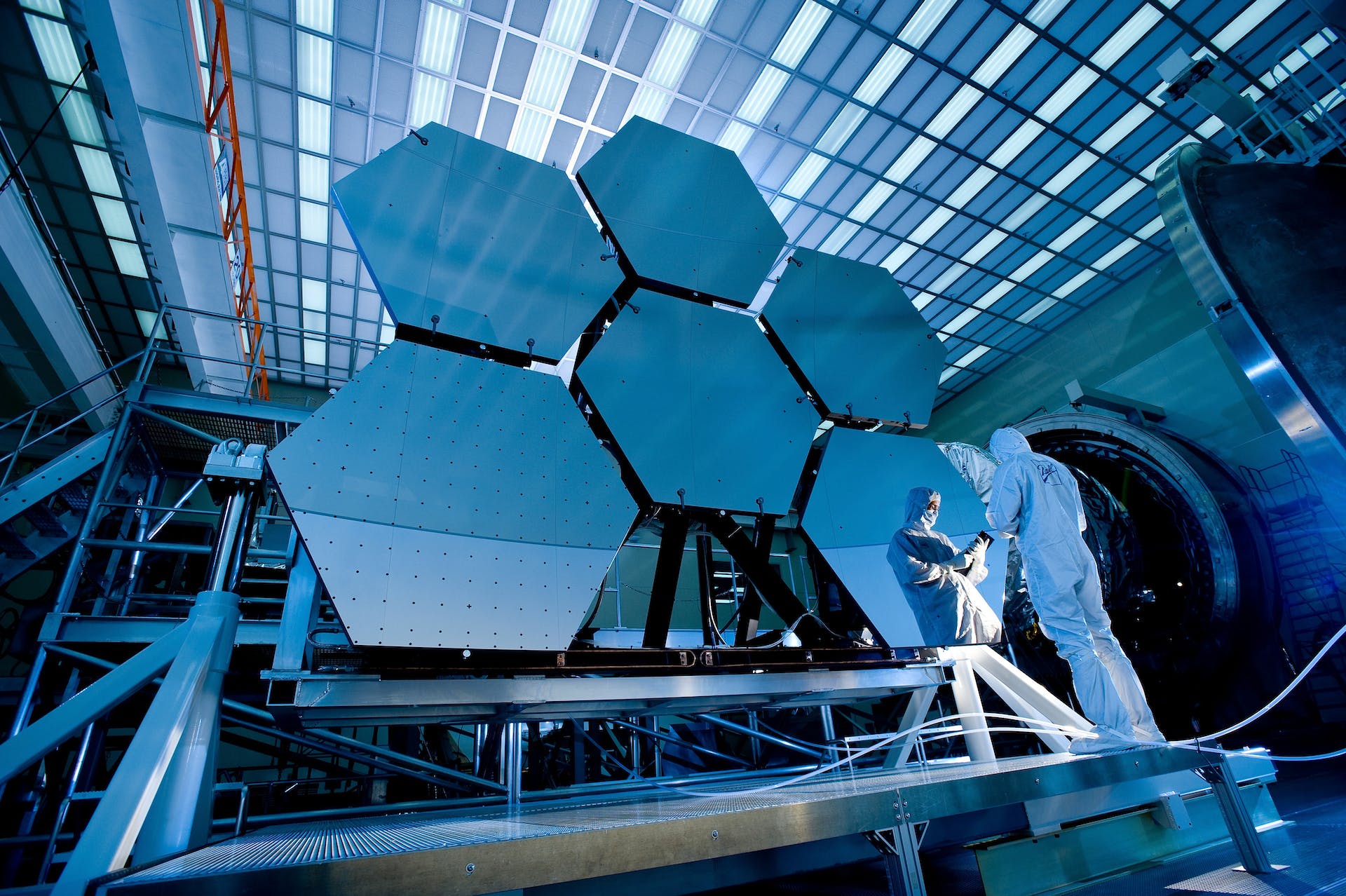Industry 4.0: Transforming the Future of Manufacturing
In today’s fast-paced technological landscape, Industry 4.0 is revolutionizing the manufacturing sector. Also known as the Fourth Industrial Revolution, it merges advanced digital technologies to create smart, interconnected, and highly efficient production systems. This article explores the core principles of Industry 4.0 and how it is reshaping the way products are designed, manufactured, and delivered.
Understanding Industry 4.0
Industry 4.0 marks a significant shift in manufacturing, integrating automation, connectivity, and data intelligence to enhance efficiency and innovation. It is powered by key technologies such as the Internet of Things (IoT), Artificial Intelligence (AI), Big Data Analytics, and Cyber-Physical Systems (CPS). The goal is to develop intelligent, self-optimizing factories that can make real-time decisions with minimal human intervention.
Key Components of Industry 4.0
Internet of Things (IoT)
IoT forms the backbone of Industry 4.0, connecting machines, sensors, and systems. These smart devices continuously collect and exchange data, ensuring seamless communication and enhanced operational efficiency.
Artificial Intelligence (AI)
AI enables machines to learn, adapt, and make autonomous decisions. Using machine learning algorithms, AI analyzes vast datasets to predict failures, optimize processes, and improve production efficiency.
Big Data Analytics
With interconnected devices generating massive amounts of data, advanced analytics help manufacturers extract valuable insights. This data-driven approach enhances decision-making, efficiency, and market responsiveness.
Cyber-Physical Systems (CPS)
CPS bridges the gap between the physical and digital worlds, enabling real-time monitoring, automation, and coordination of manufacturing processes. These systems enhance precision, flexibility, and operational control.
How Industry 4.0 Works
- Seamless Connectivity – Machines and devices are linked through a network, enabling real-time communication.
- Real-Time Data Collection – Sensors capture data on machine performance, product quality, and environmental conditions.
- Smart Data Analysis – AI and analytics process the collected data, identifying trends, inefficiencies, and areas for improvement.
- Automated Optimization – AI-powered machines autonomously adjust settings, predict maintenance needs, and streamline production.
- Smart Factories – The result is an intelligent, adaptive manufacturing environment where systems and workers collaborate seamlessly.
Benefits of Industry 4.0
✔ Enhanced Efficiency – Automation reduces downtime and improves production speed.
✔ Cost Savings – Predictive maintenance lowers operational costs, while optimized resource management minimizes waste.
✔ Mass Customization – Smart manufacturing enables personalized production based on customer preferences.
✔ Improved Quality – Real-time monitoring ensures higher accuracy and defect prevention.
Conclusion
Industry 4.0 is not just about technology—it represents a fundamental shift in manufacturing strategies. By harnessing interconnected systems, AI-driven insights, and data analytics, businesses can stay ahead of the curve, drive innovation, efficiency, and long-term success in the ever-evolving industrial landscape.





